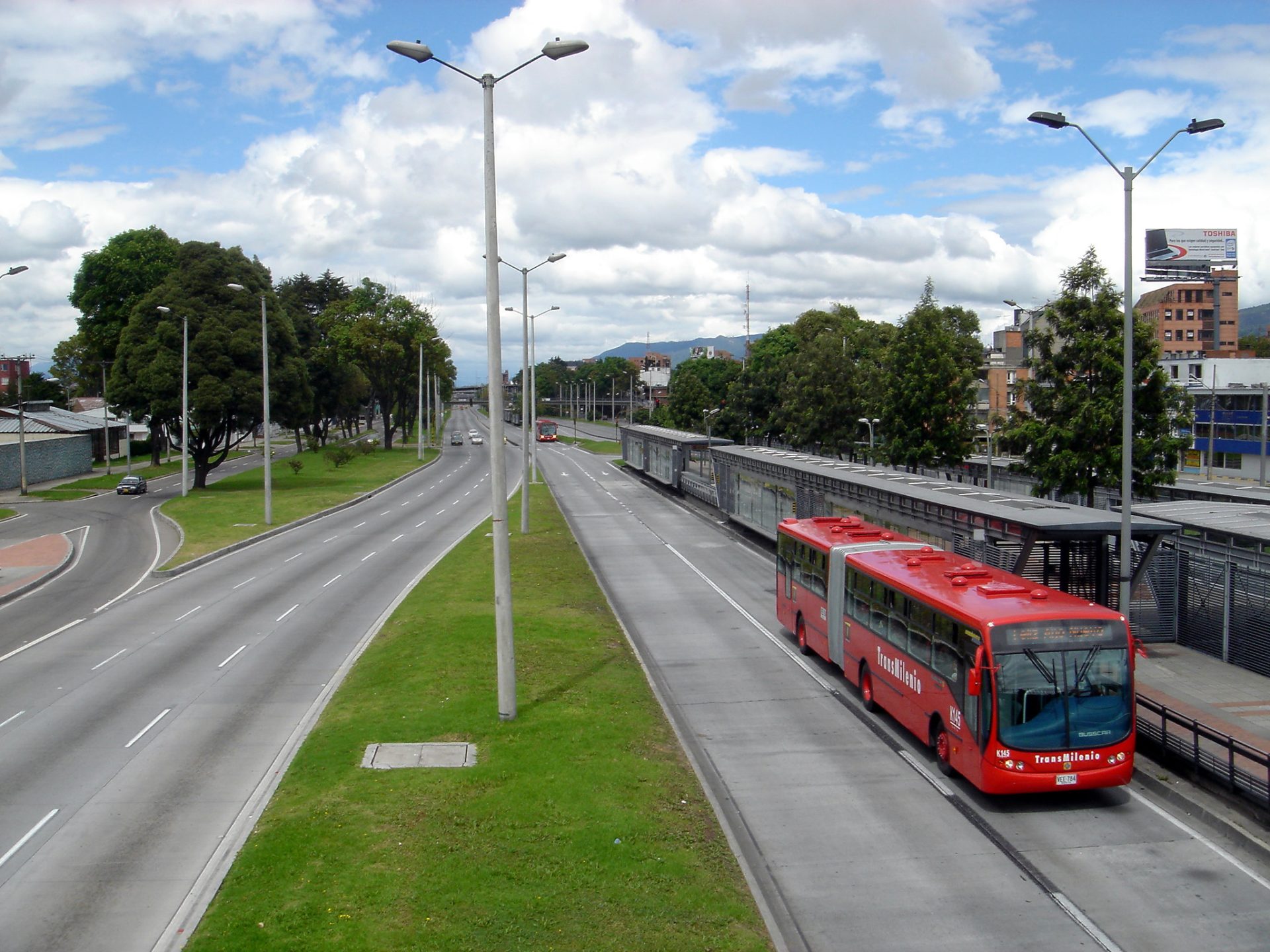In recent years, urban mobility has emerged as a critical focus for cities around the globe. As urban populations continue to grow, the challenges associated with transportation infrastructure and mobility become increasingly complex. The future of smart city bus lanes offers a glimpse into a more efficient, sustainable, and user-friendly urban transport system. This article explores the concept of smart bus lanes, their technological underpinnings, and the role they play in the broader context of urban mobility.
Understanding Smart Bus Lanes
Smart bus lanes are designated lanes on city streets specifically for buses and, in some cases, other forms of public transit such as trams or ride-sharing vehicles. Unlike traditional bus stop bus lanes, smart bus lanes utilize technology to optimize their function. They can employ various systems, including real-time traffic data collection, vehicle detection, and artificial intelligence, to improve the flow of public transport.
The need for smart bus lanes stems from several urban challenges:
- Traffic Congestion: With the increasing number of vehicles on the road, traffic congestion has become a pervasive issue in many cities. Buses often get stuck in traffic, leading to delays and decreased reliability of public transport.
- Environmental Concerns: Urban areas are major contributors to greenhouse gas emissions. A shift towards more sustainable transportation options is essential for meeting climate goals.
- Public Health and Accessibility: Effective public transport systems can reduce the reliance on private vehicles, thereby improving air quality and accessibility for all city residents.
Technological Innovations Driving Smart Bus Lanes
The integration of technology is at the heart of the smart bus lane concept. Several innovations are enhancing the efficiency and effectiveness of these lanes:
- Intelligent Transportation Systems. ITS encompasses various advanced technologies that improve transportation safety, efficiency, and sustainability. In the context of smart bus lanes, ITS can help manage traffic signals, prioritize bus movement, and disseminate real-time information to passengers.
- Real-Time Data Analytics. Collecting and analyzing real-time traffic data enables cities to make informed decisions about bus lane management. This data can provide insights into peak travel times, the effectiveness of lane usage, and overall system performance.
- Vehicle-to-Infrastructure Communication. V2I communication allows buses to interact with traffic signals and road infrastructure. By relaying information such as their location and speed, buses can receive priority at traffic lights, minimizing delays and improving overall transit times.
Mobile Applications and Passenger Information Systems
Smartphone applications are becoming essential tools for urban commuters. These applications can provide real-time updates on bus schedules, delays, and even crowd levels, enhancing the overall user experience.
Sustainability Integration
Smart bus lanes are often part of broader sustainability initiatives, such as electric buses and dedicated lanes for bicycles and pedestrians. This integrated approach promotes a multi-modal transportation system that reduces dependency on single-occupancy vehicles.
The Role of Smart Bus Lanes in Urban Mobility
Smart bus lanes are not just about improving bus travel times; they are an integral part of a holistic urban mobility strategy. Here’s how they contribute to the future of smart cities:
Enhancing Public Transport Reliability
By providing dedicated space for buses, smart bus lanes significantly enhance the reliability of public transport. When buses can move efficiently through urban environments, commuters are more likely to choose public transit over private vehicles.
Reducing Traffic Congestion
By encouraging the use of public transport, smart bus lanes can help alleviate traffic congestion. Fewer cars on the road translate to reduced gridlock, improving the overall flow of traffic and enhancing the urban environment.
Encouraging Sustainable Travel Habits
With their emphasis on efficiency, smart bus lanes make public transport a more attractive option. This can lead to a shift in travel habits, encouraging residents to adopt more sustainable modes of transport, such as buses, bicycles, or walking.
Boosting Economic Activity
Efficient public transport systems can stimulate economic growth by improving access to jobs, businesses, and services. Well-designed bus lanes enhance connectivity, making it easier for residents to reach employment opportunities and local amenities.
Improving Urban Air Quality
As cities grapple with air quality issues, promoting public transport through smart bus lanes can play a crucial role in reducing vehicular emissions. Buses are often more efficient per passenger mile than private cars, and their increased usage can help lower the overall carbon footprint of urban areas.
Challenges and Considerations
While the potential benefits of smart bus lanes are significant, several challenges need to be addressed for their successful implementation:
- Public Acceptance: Gaining public support for dedicated bus lanes can be challenging, especially in communities accustomed to open roads for personal vehicles. Education and outreach are vital to inform residents about the benefits of smart bus lanes.
- Funding and Investment: Developing the necessary infrastructure for smart bus lanes requires significant financial investment. Cities must explore diverse funding sources, including government grants, public-private partnerships, and innovative financing models.
- Data Privacy and Security: As technology plays an increasing role in urban mobility, concerns about data privacy and security will need to be addressed. Ensuring the protection of personal information while still leveraging data for public benefit is crucial.
Integration with Existing Transport Systems: Smart bus stop bus lanes must be integrated with existing transport networks, including local bus systems, trains, and other modes of transit, to provide a seamless travel experience for commuters.
The future of urban mobility lies in innovative solutions like smart bus lanes that leverage technology to enhance public transport systems. By improving the reliability and efficiency of bus services, cities can encourage greater use of public transport, reduce traffic congestion, and promote sustainable travel habits.
As urban areas continue to grow, investing in smart bus lanes will be a vital step towards building more livable, sustainable, and economically vibrant cities. The challenges ahead are substantial, but with strategic planning, public engagement, and technological integration, the vision of smart city bus lanes can become a reality.
